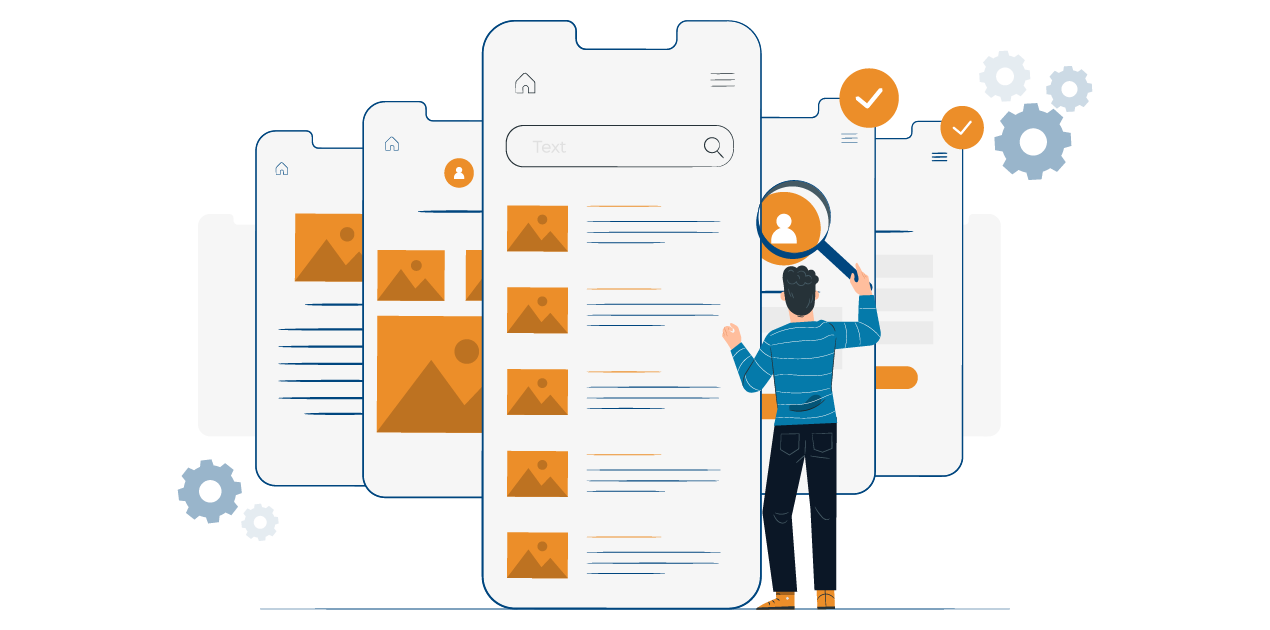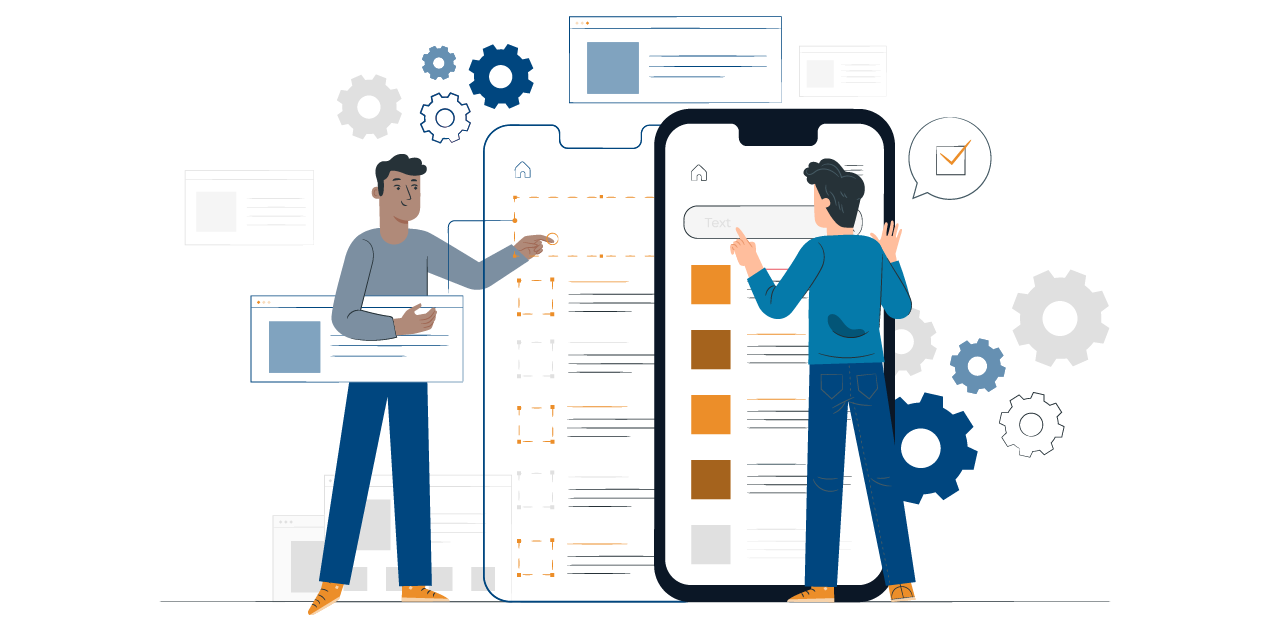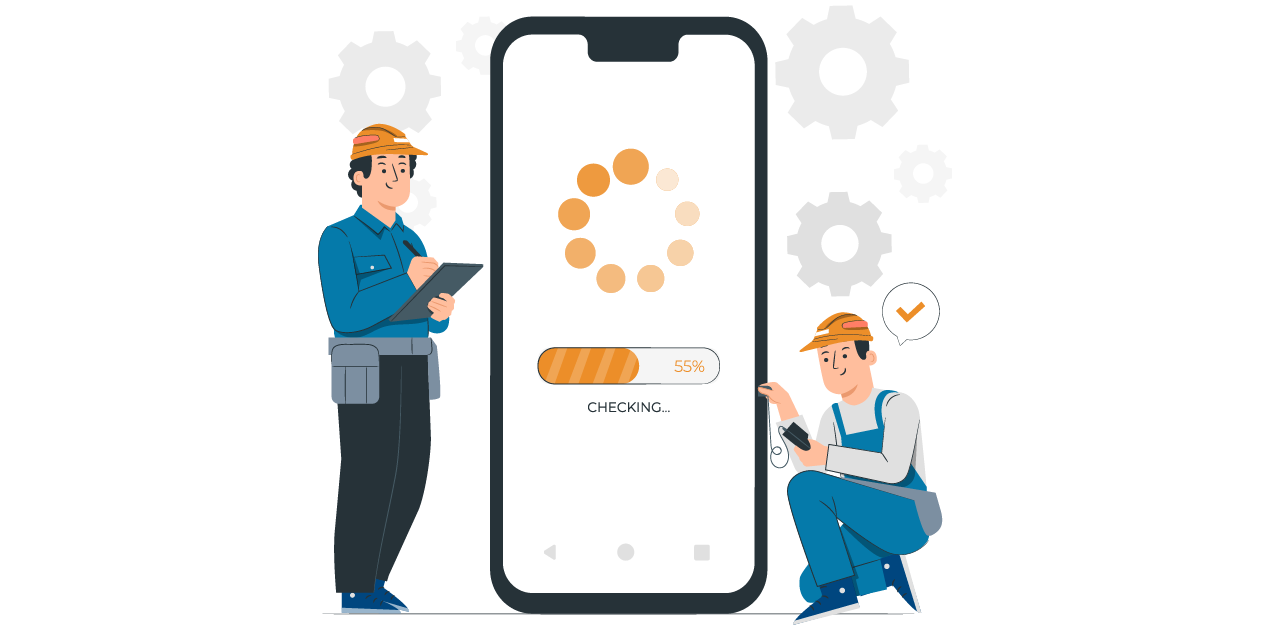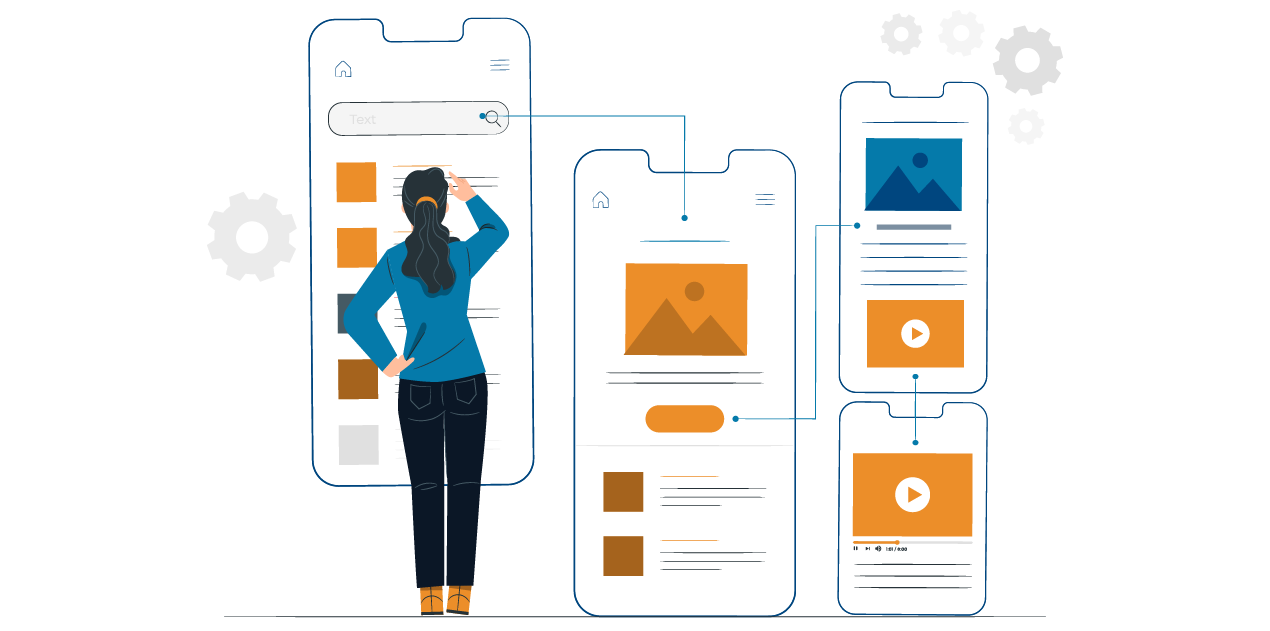
1. What is "profiling" or performance analysis?
Profiling or performance analysis is a very important practice when working with data or applications, since it allows you to optimize performance in both directions, providing a better user experience and making applications work more efficiently.
For example, if working with data, profiling should be the first step before any project data migration, as it helps project managers to better understand the data sources that will be migrated. "It helps to discover inconsistencies in the data, redundancies and errors that can cause critical problems in an advanced stage of the project", explained an Astera company uniform in this regard.
If we talk about profiling in applications, it is also an essential stage to guarantee the optimal performance of the platforms. "It is an essential part of application development, where performance optimization and resource efficiency are important", an Instana article detailed in this regard.
“It is useful for troubleshooting performance issues and crashes (…) as they provide details about code execution that are otherwise unavailable through logging and code instrumentation”, they added.

2. Reasons for performance testing or analysis
- When the company wants to see if the performance of the application is as expected and planned.
- “To locate computing bottlenecks within an application”, Microfocus detailed in an article.
- It allows you to compare the performance of two or more applications in real-time to see which one performs better.
- It is used to measure the stability of an application, especially when there are traffic spikes.

3. What you can evaluate in this performance analysis
Load tests
"It is checked if the system is capable of assuming the expected load, with acceptable response times and consumption of resources that do not endanger production", emphasized the Digital Business Assurance portal.
Capacity tests
The operating limits of the system and the elements that limit performance within the platform are obtained.
Stability tests
They allow to guarantee the correct use of the resources by the application during an extended period of time.
Peak tests
The behavior of the system in the event of sudden changes in the load is checked.

4. How Data Dog helps monitor application performance
What is Data Dog and how does it work?
It is a service to monitor applications in the cloud, which is responsible for collecting events and metrics from the application components such as servers, the database and services in general, in real-time.
Then this information is condensed, organized and provided to users so that we can see it and consult it in detail. With this, the state of the infrastructure of the application being monitored can be analyzed.
Data Dog provides us with a lot of information about the performance of the application's backend, which can be the number of requests that have been made to the application; latency, which refers to the time it takes for the application to respond to a request; the number of errors and where the time has been spent, which can be in code functionalities or in database queries.
The most important thing is to identify where the time is going, for the cases that are striking, and are identified as a performance problem.
Data Dog identifies what is taking the longest within the entire application and where it is taking up the most time, whether it is in code or database queries.
You can select the period of time that you want to evaluate the performance of the application.
There is a list that shows all the endpoints that are part of the application's backend and each of the endpoints can be measured by the number of requests that have been made for that endpoint, the total time that was consumed when that endpoint was executed, the average latency, the maximum latency and the rate of requests per second.

5. Advantages of monitoring with Data Dog
- Its implementation is simple and it is easy to manage without the need for lengthy training. The interface is very friendly to non-tech users.
- “Reduce alert fatigue with machine learning-based tools that automatically surface noise issues”, Data Dog said.
- You will be able to view continuous historical records, even if the infrastructure no longer exists.
- Troubleshooting will be much faster as you will have quick access to metrics, tracking and logs related to your application.

6. What can be monitored with Data Dog?
Infrastructure: The company will be able to have "complete visibility of infrastructure performance with effortless implementation, minimal maintenance, and unparalleled breadth of coverage," Data Dog detailed on its website.
Containers: this functionality also provides "multidimensional" visibility of the containers. Data Dog is capable of "detecting and investigating problems at every layer of its clusters."
Network Performance: This is about seeing the performance of the company's local and cloud networks, as well as the status of basic devices.
Real User: here it is focused on monitoring the user journey for web and mobile applications.

7. Importance of “profiling” or application performance analysis
They would be giving importance to the experience that the user is going to have when using the application because in the end a website is going to be used by people and the company wants these people to have a good experience using their platforms, the services that they are offering.
So, the response times that must be offered to users should be minimal. On average, users do not expect much when they are browsing a website. If it takes more than 10-20 seconds to load, the user probably won't wait any longer and closes it.
To offer an optimal experience to all users who are going to use the platform, the services, we must pay attention to performance, to the response times that my services are offering to my clients.
With the information that Data Dog provides since it is collecting information in real-time, I can see which endpoints are consulted the most. Application-specific problems can also be identified.

Conclusion
The user experience is the fundamental thing when it comes to creating an application and making it successful. If the experience is bad, if the user does not find what they are looking for or if they have to wait too long for a platform to load, you will lose them as a customer and they will not return to your application after this cumbersome situation.
Hence the importance of constantly monitoring and analyzing the performance of the applications, to detect these errors and inconsistencies in time and always work on the continuous improvement of the platforms.
